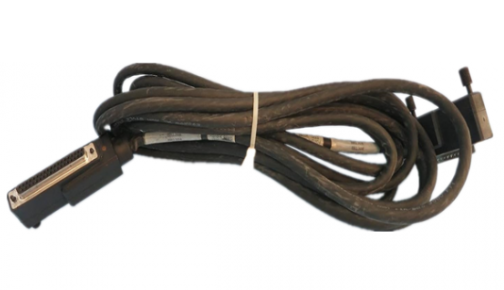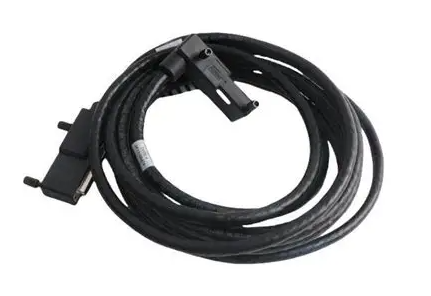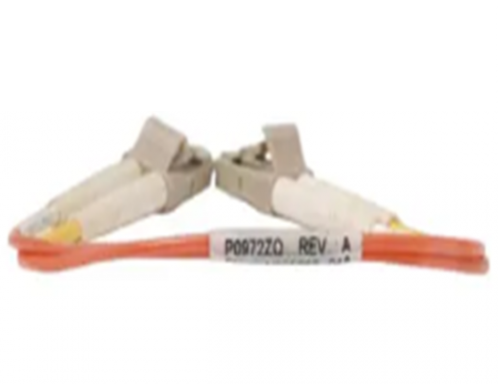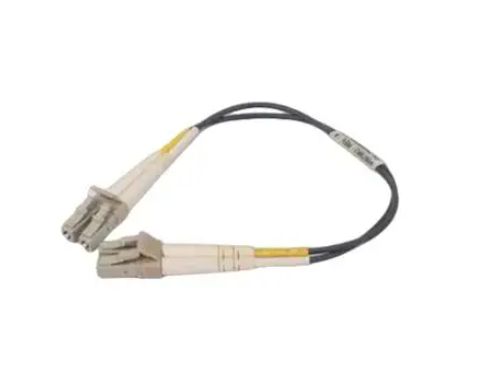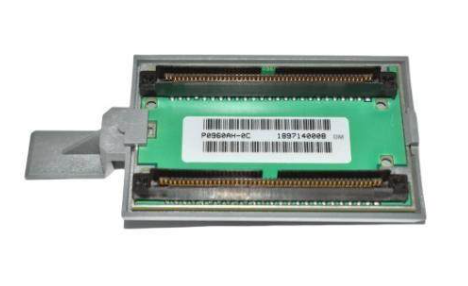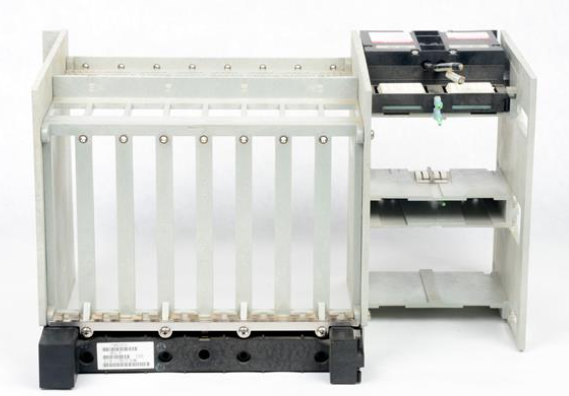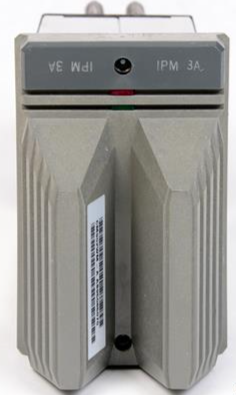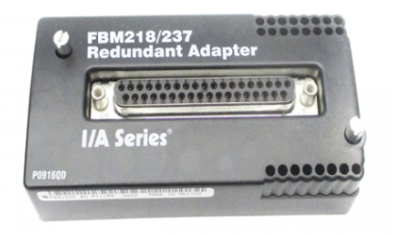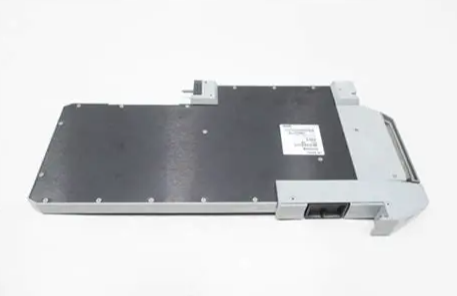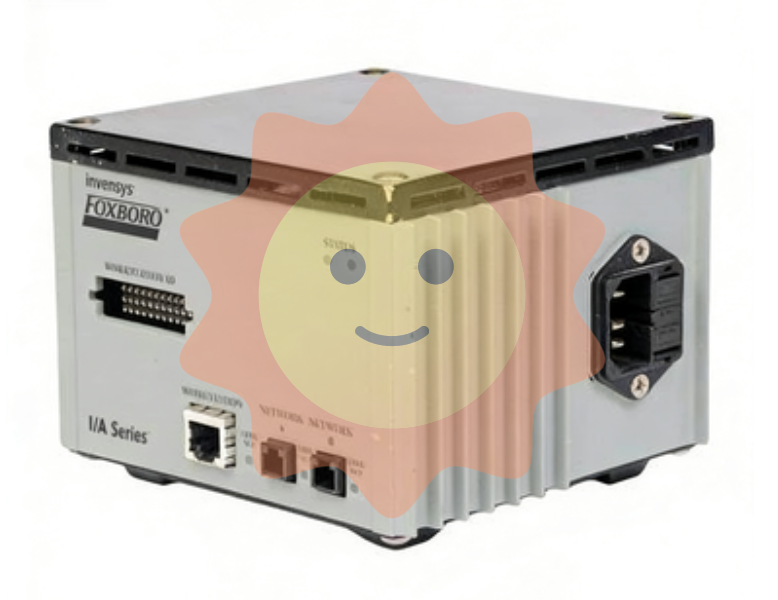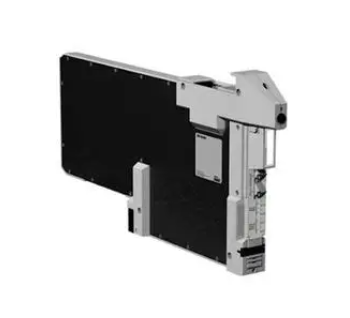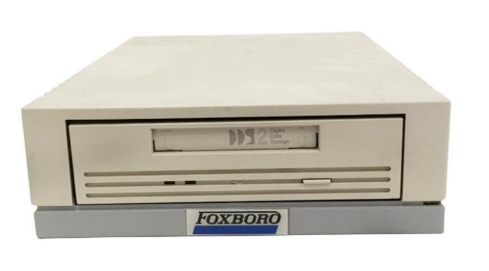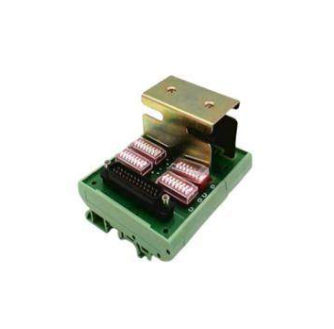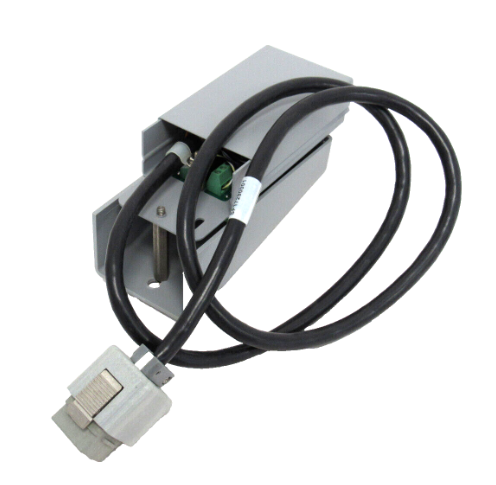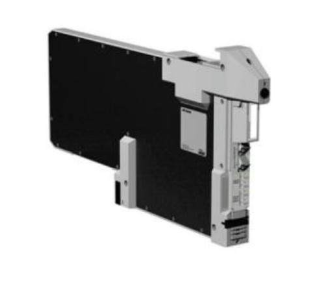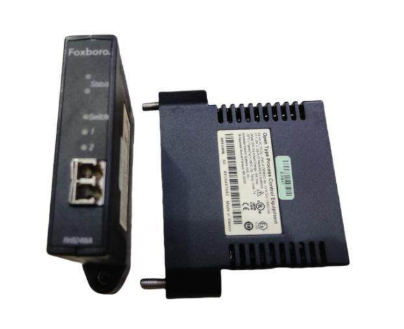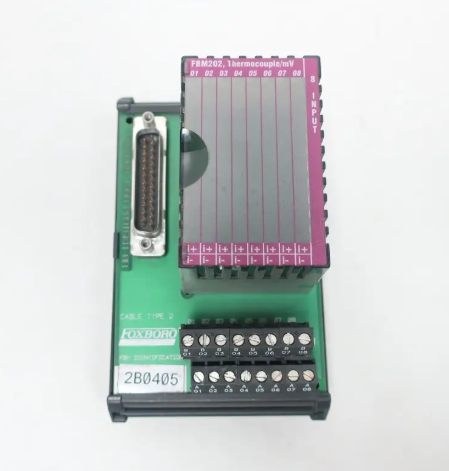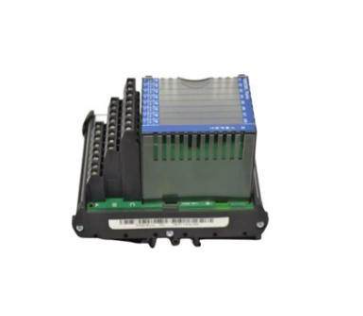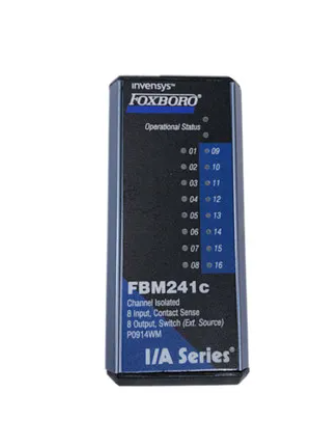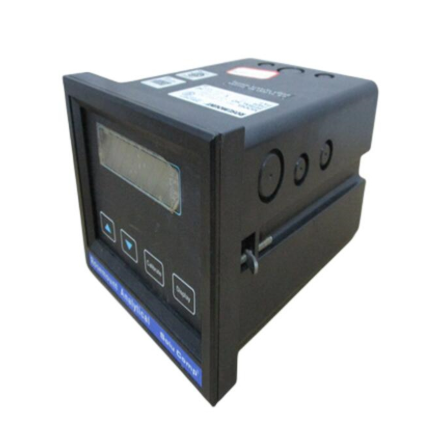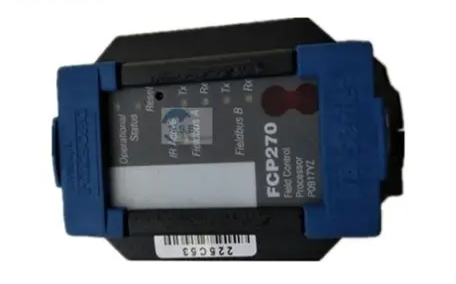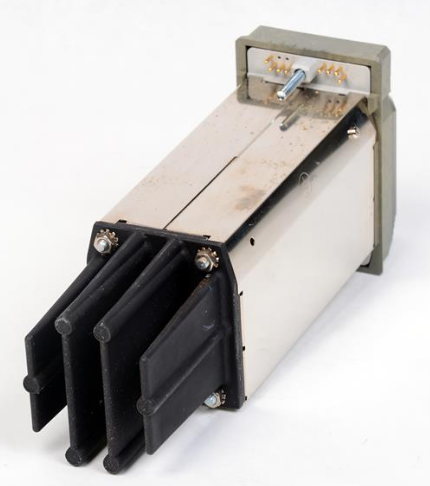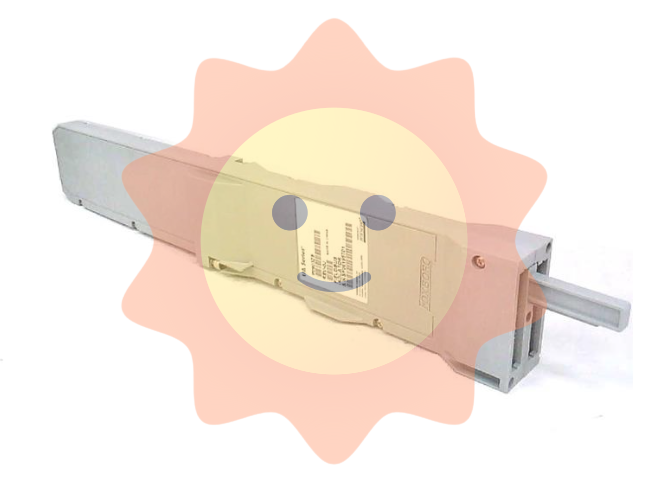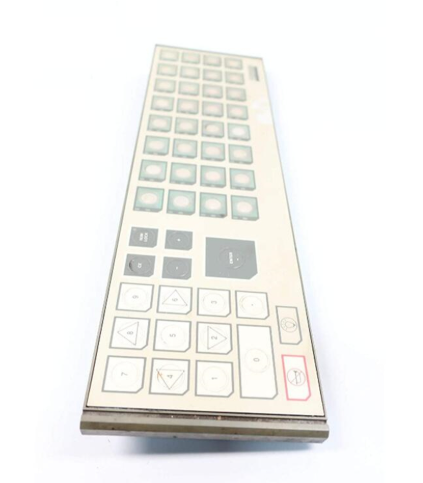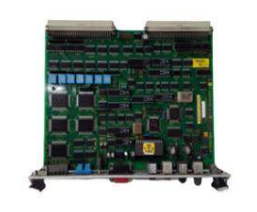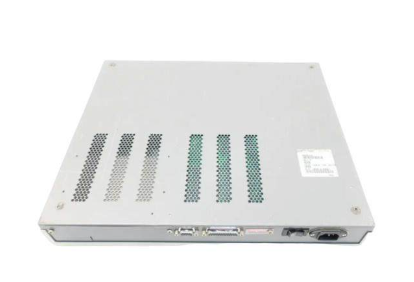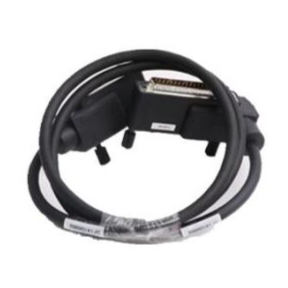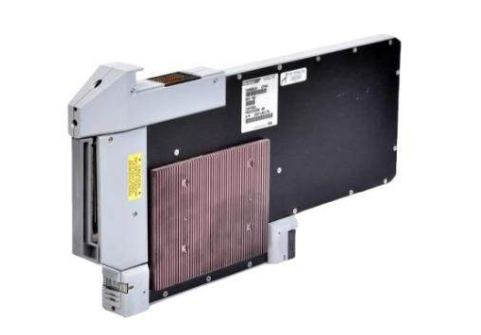History of mainstream wastewater treatment technology
Chronicle of the development of sewage treatment technology
The history of sewage treatment can be traced back to the ancient Roman period. In that period, the environmental capacity was large, and the self-purification capacity of water body could meet the water demand of human beings. People only need to consider the drainage problem. Later, with the acceleration of urbanization, domestic sewage caused the spread of infectious diseases through the transmission of bacteria. For health reasons, humans began to treat the discharged domestic sewage. The early treatment methods were lime, alum precipitation and bleaching powder disinfection. In the late Ming Dynasty, China has sewage purification equipment, but because the demand is not strong, China's domestic sewage is still used for agricultural irrigation.
In 1762, the United Kingdom began to use lime and metal salts to treat urban sewage.
In 1881, French scientists invented the first bioreactor, and the first anaerobic biological treatment tank moris tank was born, which opened the prelude to biological treatment of sewage.
In 1893, the first biological filter was put into use in Wales, England, and quickly promoted in Europe, North America and other countries.
In 1912, the British Royal Commission on Sewage Treatment proposed BOD5 to evaluate the degree of water pollution. The development of technology has promoted the emergence of standards.
In 1914, since the advent of activated sludge method secondary biological treatment technology in Manchester, England, it has been widely used in the world, and developed countries have popularized secondary biological treatment technology. However, in view of the problems existing in the activated sludge method, researchers in various countries continue to transform and develop the technology. There have been ordinary activated sludge method, anaerobic/anoxic/aerobic activated sludge method (A/O, A/ A/O), batch activated sludge method (SBR method), improved SBR (MSBR) method, integrated activated sludge method (UNITANK), two-stage activated sludge (AB) method and various types of biofilm method.

Sewage treatment technology in economically developed countries from the end of the treatment in the 1960s to the prevention and control combination in the 1970s, from the centralized treatment in the 1980s to the clean production in the 1990s, and constantly update the treatment technology, facilities and equipment. At present, the main development trend of sewage biological treatment technology is the new technology and new process of combining various technologies. Such as synchronous denitrification and phosphorus removal aerobic granular sludge technology, electrical/biological coupling technology, adsorption/biological regeneration process, biological adsorption technology, and the use of light, sound, electricity and efficient biological treatment technology combined with the treatment of high concentration of toxic, harmful and difficult to degrade organic wastewater new physical, chemical, biological treatment combination technology, Such as photocatalytic oxidation biological treatment new technology, electrochemical advanced oxidation/efficient biological treatment technology, ultrasonic pretreatment/efficient biological treatment technology, wet catalytic oxidation/efficient biological treatment technology and radiation decomposition biological treatment combination process. In many countries, there have been major changes in the objectives and technical routes of water pollution control, and the objectives of water pollution control have been changed from the traditional sense of "sewage treatment, standard discharge" to "water recycling" with water quality regeneration as the core, and from the simple "pollution control" to "water ecological restoration".
History of sewage biological treatment technology
The traditional view is that the main function of biological treatment is to decompose and stabilize organic matter, that is, to reduce BOD. With the development of industrial production and long-term observation and research on the water environment, many synthetic organic matter has "three causes" (carcinogenic, teratogenic, mutagenic) serious harm, and is difficult to be degraded by microorganisms, while inorganic nutrients such as nitrogen and phosphorus are easy to cause water eutrophication. Therefore, the requirements of water treatment are also changing, in addition to requiring the water treatment process to have the function of nitrogen and phosphorus removal, but also require the industrial production, through high temperature and high pressure synthesis of various pollutants in the sewage treatment process to be effectively controlled. Because the degradation of this kind of substance in nature takes hundreds of years or even thousands of years, it will continue to enrich and increase its concentration, directly endangering the ecological environment and the health of human life. Is biological treatment effective for this type of wastewater treatment? Some BOD, COD concentration is very high, even up to tens of thousands of mg/L of sewage, biological treatment technology can be effective? These new problems and requirements have promoted the development of biological wastewater treatment technology and process.
According to the growth mode of microorganisms, biological methods can be divided into suspension growth method represented by activated sludge method and adhesion growth method represented by biofilm method. At present, the activated sludge method is the most widely used in urban sewage treatment. However, because the traditional activated sludge operation needs to consume a lot of energy, the operation cost is also high, need to innovate. In order to develop the new technology and process of urban sewage treatment with high efficiency and low consumption, a lot of research has been carried out at home and abroad and some achievements have been made.

1. Biological treatment of microorganisms
Traditional sewage biological treatment technology mainly relies on two types of microorganisms, namely heterotrophic aerobic microorganisms and heterotrophic anaerobic microorganisms. In recent decades, scientists and engineers have worked together to conduct in-depth research on microorganisms in sewage biological treatment, and have made many achievements, such as: the different types and characteristics of bacteria and protozoa in activated sludge and their synergies have been studied, which has promoted the development of AB process; The research on nitrifying and denitrifying bacteria, as well as the research on the characteristics of phosphorus accumulating bacteria, promoted the development of A/O process with nitrogen removal function and A/A/O process with nitrogen and phosphorus removal function. The research on the population and characteristics of anaerobic microorganisms, and the discovery that anaerobic microorganisms have the ability to partially degrade macromolecular synthetic organic matter, promoted the development of anaerobic biological treatment technology and the process of treating wastewater containing refractory organic matter with anaerobic/aerobic tandem process; The research on the screening, culture and immobilization of high efficiency bacteria provides an effective way to further improve the efficiency of sewage biological treatment, especially the treatment of difficult biodegradable organic matter.
2. Biological treatment process
The three major elements in biological treatment are microorganisms, oxygen and nutrients. The reactor is a place where microorganisms inhabit and grow, and is the main equipment for microbial degradation and utilization of pollutants in sewage. An efficient reactor should be able to maintain the maximum microbial quantity and its activity, be able to effectively supply oxygen or isolate oxygen, and make full contact between microorganisms, oxygen and organic matter in sewage with good mass transfer conditions. According to its characteristics, the reactor can be roughly divided into the following categories:
(1) Suspension growth (such as activated sludge method) or attached growth (such as biofilm method);
② Push flow or completely mixed type;
(3) Continuous operation (such as traditional activated sludge method) or intermittent operation (such as SBR method).
1. Activated sludge method
Since the activated sludge process was pioneered by Arden and Lockett in 1914, it has been developed and practiced for 104 years, and has been continuously innovated and improved in terms of oxygen supply mode, operating conditions, and reactor form. The earliest traditional activated sludge method belongs to the push flow aeration tank. Because the substrate concentration near the water inlet of the tank is higher than that at the outlet, the initial design did not take into account the change in oxygen demand, resulting in insufficient oxygen in some parts. In order to improve the shortcomings of uneven oxygen supply, in 1936, the uniform aeration method was changed to gradually reduce aeration along the direction of push flow, most of the oxygen in the substrate removal is quite fast at the inlet end, and the effluent end with internal metabolism and decay as the main reaction only needs a small amount of oxygen, which is the traditional activated sludge method standard form - gradually reduced aerated activated sludge method.

A variant of the activated sludge process (stage aeration) appeared in 1942. Stage aeration method is also called multi-point water intake method, the water is divided into several strands, and then several strands of sewage from different points of the aeration tank into the person, so that the oxygen demand is evenly distributed. The idea of re-aerating the sludge before mixing it with raw water has been further developed. In 1951, the contact stabilized activated sludge method appeared, which is another development form of the traditional activated sludge method. In order to avoid the microbial inadaptation caused by the substrate concentration gradient in the push flow aeration tank, the microbial community was kept in a relatively stable state. By the end of the 1950s, a completely mixed activated sludge method appeared, the advantage of this form is to provide an environment conducive to the growth of bacterial floc, not conducive to the growth of filamentous bacteria, sludge settlement and compactness are very good, but due to changes in the matrix gradient make the system susceptible to toxic substances. In order to overcome the shortcomings of several other forms of improvement (large amounts of sludge must be disposed of, and the operational control requirements of the process are strict), delayed aeration has emerged, which has a fairly high degree of stability due to a complete average residence time of cells, but due to economic constraints, it is only used in small facilities with low sewage concentrations. In addition, pure oxygen aeration method and deep well aeration method have also appeared.
(1.1) Development of SBR method
As an improvement of the traditional activated sludge process, the SBR process has a wide application prospect. SBR method is short for sequencing batch batch activated sludge method (also known as sequencing batch reactor), it is currently widely valued at home and abroad, research and application of a sewage biological treatment technology, especially with the development of advanced automatic control technology, the automatic management of sewage treatment plant greatly improved. It provides more favorable conditions for the popularization and application of SBR activated sludge process.
In the design and operation of SBR process, according to different water quality conditions, use occasions and effluent requirements, there have been many new changes and developments, and many variations have been produced. Compared with traditional SBR, ICEAS has an additional pre-reaction zone, continuous water intake and intermittent drainage, but the water quality of ICEAS is limited because the water intake affects the separation of mud and water during the precipitation period. The DAT-IAT process overcomes the shortcomings of ICEAS by changing the pre-reaction area into a pre-aeration tank DAT separate from the SBR reaction tank IAT. DAT is continuously injected and aerated, and the main batch reactor IAT is not affected by the influent during the precipitation stage and the reflux from IAT to DAT is increased. However, DAT-IAT can not achieve good results in the treatment of sewage containing biodegradable organic matter, while CASS process overcomes this shortcoming, innovates the pre-reaction zone of ICEAS into a small volume, more optimized and reasonable design of biological selector, and returns part of the residual sludge in the main reaction zone to the selector, so as to make the system more stable. It also has good nitrogen and phosphorus removal effect. IDEA is also a development of CASS, which mainly changes the biological selector into a premix pool separate from the main SBR structure. However, the above processes can only achieve continuous water intake and intermittent drainage. In order to overcome the shortcomings of intermittent drainage, UNITANK process integrates the advantages of SBR and three-ditch oxidation ditch, and the integrated design enables continuous water intake and continuous water discharge and automatic sludge reflux, which eliminates the need for sludge reflux equipment compared with CASS. However, the UNITANK process still has shortcomings such as low sludge concentration in the middle ditch and over-reliance on instrumentation. For example, once the inlet valve is damaged, the whole system will not work. In order to overcome the shortcomings of UNTANK process, a new SBR system MSBR has been developed. In essence, it is A/A/O process and SBR system in series, using a single pool multi-cell way, eliminating many valves and meters, increasing the sludge reflux and ensuring a high sludge concentration, has a good nitrogen and phosphorus removal effect. In recent years, many other SBR systems have also been studied deeply, such as anaerobic SBR, multistage SBR, etc., and have achieved good results. With the continuous progress of technology and in-depth research, more SBR modification processes will appear.

(1.2) Development of oxidation ditch
Oxidation ditch is a modification of activated sludge method, and its aeration tank is a closed ditch type, in which the mixed liquid of sewage and activated sludge is constantly circulating, so it is also called "ring aeration tank" and "non-terminal aeration system". The improvement and development of oxidation ditch process form is inseparable from the development and research of aeration equipment. In the late 1960s, DHV company in the Netherlands applied the vertical low-speed surface aerator to the oxidation ditch process, installed it at the end of the oxidation ditch center partition wall, and used the stirring driving force generated by it to circulate the water and increase the effective water depth of the oxidation ditch to 4.5m, which is the Carrousel oxidation ditch process, almost at the same time. Lecmple and Mandt applied the underwater aeration and push system to the oxidation ditch process for the first time, and developed the jet aeration oxidation ditch process, so that the effective water depth and width of the oxidation ditch are independent of each other, and its depth can reach 7~8m. In 1970, South Africa developed the turntable aerator and the Orbal oxidation ditch process appeared. In recent years, the Dutch DHV company has launched a two-layer turbine vertical aerator, and the German Passavant company has developed a fiberglass reinforced rotary brush blade with strong corrosion resistance, high strength and small weight. USFilter Envirex has developed a vertical circulation flow reactor (VLR) oxidation ditch process that combines aeration spinning dish (pushing water flow) and crude bubble aeration.
(1.3) Development of AB method
AB process is short for adsorption/biodegradation process. This sewage biological treatment technology was developed by Professor BothoBohnke of RWTH Aachen University in Germany in order to solve the problems of the removal of refractory organic matter, low efficiency of nitrogen and phosphorus removal and high investment and operating costs in the traditional two-stage biological treatment system, based on a large number of studies on the two-stage activated sludge method and high-load activated sludge method. A new biological wastewater treatment process developed in the mid-1970s and applied to engineering practice in the 1980s.

The research and application of AB process in our country have experienced three stages. Firstly, the characteristics, operation mechanism and stability of AB process are reported and studied in detail. Secondly, more units have conducted a certain scale of experimental research on the treatment of municipal sewage and industrial wastewater by AB process. Third, some domestic urban sewage treatment plants such as Shandong Qingdao Haipohe sewage treatment plant, Tai 'an sewage treatment plant, Xinjiang Urumqi Hedong sewage treatment plant, etc., on the basis of the introduction of German AB process technology, built a considerable treatment scale of AB sewage treatment plant. Compared with traditional activated sludge process, AB process has advantages in treatment efficiency, operation stability, project investment and operation cost.
(1.4) Development of A/A/O series
In the mid-1970s, Spector in the United States found that the alternating cycle of anaerobic/aerobic (Ap/O) states could not only effectively prevent the expansion of activated sludge filamentous bacteria, improve the settling performance of sludge, but also significantly enhance the effect of phosphorus removal. The first productive Ap/O (Anaerobic/Oxic) unit was put into operation in 1979. Many anaerobic/oxic treatment plants have since used this process. The AP/O system is composed of activated sludge reaction tank and secondary sedimentation tank, and the sewage and sludge flow successively through anaerobic and aerobic alternating circulation. The reaction pool is divided into anaerobic and aerobic zones, and the two reaction zones are further divided into cells with the same volume to produce a push flow state. The return sludge into the anaerobic tank can absorb and remove part of organic matter and release a large amount of phosphorus, and into the sewage of the aerobic tank can make the organic matter get aerobic degradation, at the same time, the sludge will absorb a large amount of phosphorus in the sewage, and part of the phosphorus-rich sludge is discharged in the form of residual sludge to achieve phosphorus removal.
AN/O (Anoxic/Oxic) process is a pre-denitrification biological nitrogen removal process with reflux, in which pre-denitrification is carried out in an anoxic tank and nitrification is carried out in an aerobic tank.a
- EMERSON
- Honeywell
- CTI
- Rolls-Royce
- General Electric
- Woodward
- Yaskawa
- xYCOM
- Motorola
- Siemens
- Rockwell
- ABB
- B&R
- HIMA
- Construction site
- electricity
- Automobile market
- PLC
- DCS
- Motor drivers
- VSD
- Implications
- cement
- CO2
- CEM
- methane
- Artificial intelligence
- Titanic
- Solar energy
- Hydrogen fuel cell
- Hydrogen and fuel cells
- Hydrogen and oxygen fuel cells
- tyre
- Chemical fiber
- dynamo
- corpuscle
- Pulp and paper
- printing
- fossil
- FANUC
- Food and beverage
- Life science
- Sewage treatment
- Personal care
- electricity
- boats
- infrastructure
- Automobile industry
- metallurgy
- Nuclear power generation
- Geothermal power generation
- Water and wastewater
- Infrastructure construction
- Mine hazard
- steel
- papermaking
- Natural gas industry
- Infrastructure construction
- Power and energy
- Rubber and plastic
- Renewable energy
- pharmacy
- mining
- Plastic industry
- Schneider
- Kongsberg
- NI
- Wind energy
- International petroleum
- International new energy network
- gas
- WATLOW
- ProSoft
- SEW
- wind
- ADVANCED
- Reliance
- YOKOGAWA
- TRICONEX
- FOXBORO
- METSO
- MAN
- Advantest
- ADVANCED
- ALSTOM
- Control Wave
- AB
- AMAT
- STUDER
- KONGSBERG
- MOTOROLA
- DANAHER MOTION
- Bently
- Galil
- EATON
- MOLEX
- Triconex
- DEIF
- B&W
- ZYGO
- Aerotech
- DANFOSS
- KOLLMORGEN
- Beijer
- Endress+Hauser
- MOOG
- KB
- Moxa
- Rexroth
- YAMAHA
- Johnson
- Westinghouse
- WAGO
- TOSHIBA
- TEKTRONIX


Email:wang@kongjiangauto.com



